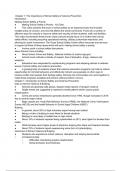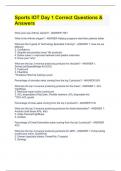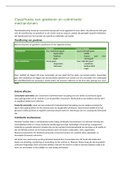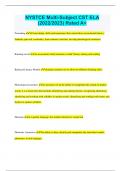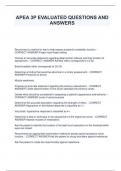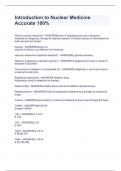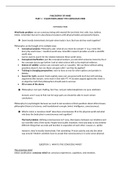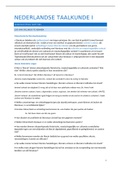College aantekeningen
Crime in Schools Chapter 1-6 Exam Study Guide
- Instelling
- Florida Atlantic University
Crime in Schools Chapter 1-6 Exam Study Guide Based on the book School Safety and Violence Prevention It covers topics like school violence, the impacts of bullying, statistics of bullying in schools, harassment, prejudice, racism in schools, lgbtq issues in schools, disability issues in schools,...
[Meer zien]
